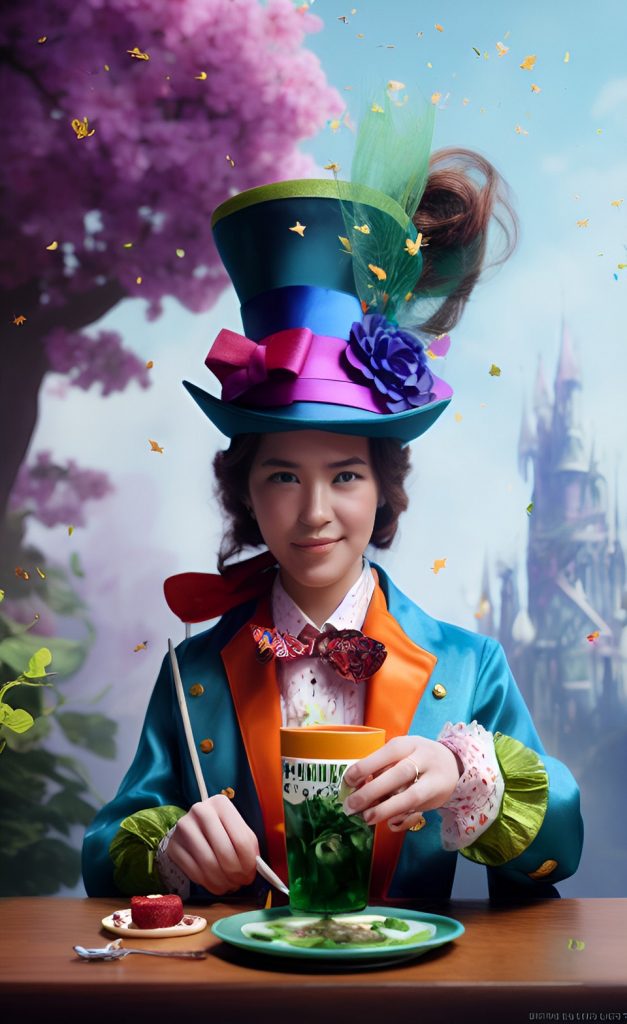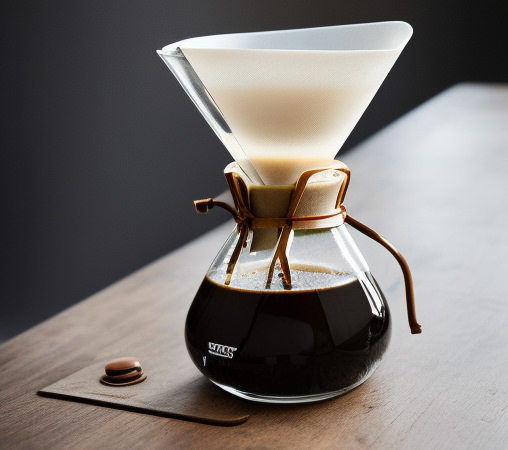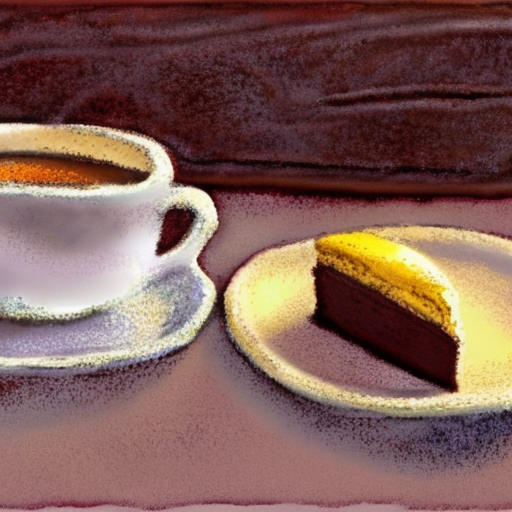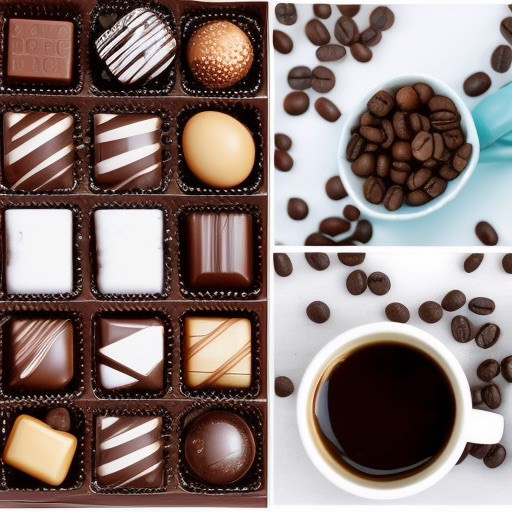As a film photographer, you may be familiar with the traditional process of developing film in a darkroom. But, I have heard of people using coffee to develop black-and-white film, did you know that coffee can be used as a developer? Coffee is an inexpensive and readily available alternative to traditional film developers. I have seen some interesting and unique results from folks using coffee, though read through to the end, I did find a couple limitations. Not enough for me not to try it.
Here is a complete guide to using coffee as a film developer:
What You’ll Need:
- Instant coffee or ground coffee beans
- Sodium carbonate (washing soda)
- Vitamin C powder
- A thermometer
- A stirring utensil
- A darkroom or a light-proof room
- A film developing tank and reels
Step-by-Step Process:
- Brew a strong pot of coffee or mix a few tablespoons of instant coffee with hot water.
- Add 1 teaspoon of sodium carbonate and 1 teaspoon of vitamin C powder to the coffee solution. Stir until fully dissolved.
- Allow the solution to cool to room temperature. The ideal temperature for coffee development is around 20-25°C.
- Load your film onto the developing reel and place it inside the developing tank.
- Pour the coffee solution into the tank, making sure that the film is fully submerged.
- Agitate the tank gently for the first minute, and then for 10 seconds every minute thereafter.
- After 10-15 minutes of development time, pour the coffee solution out of the tank and rinse the film with water.
- Fix the film using traditional fixing methods and rinse again with water.
- Hang the film to dry in a dust-free environment.
Tips and Tricks:
- Coffee development can produce a wide range of tones, from warm sepia to cool blue. Experiment with different strengths and development times to achieve the desired effect.
- Using high-quality coffee beans or specialty blends can produce even more interesting and unique results.
- Coffee development may not work well with all types of film, so it’s best to experiment with a few rolls before committing to the process.
- Coffee is not a long-term stable developer, so it’s best to use the developed film within a few months of processing.
It looks like coffee development can be a fun and creative alternative to traditional film developing methods. With a little experimentation and practice, you can achieve some truly unique and beautiful results. So why not give it a try and see what kind of coffee-inspired images you can create?






